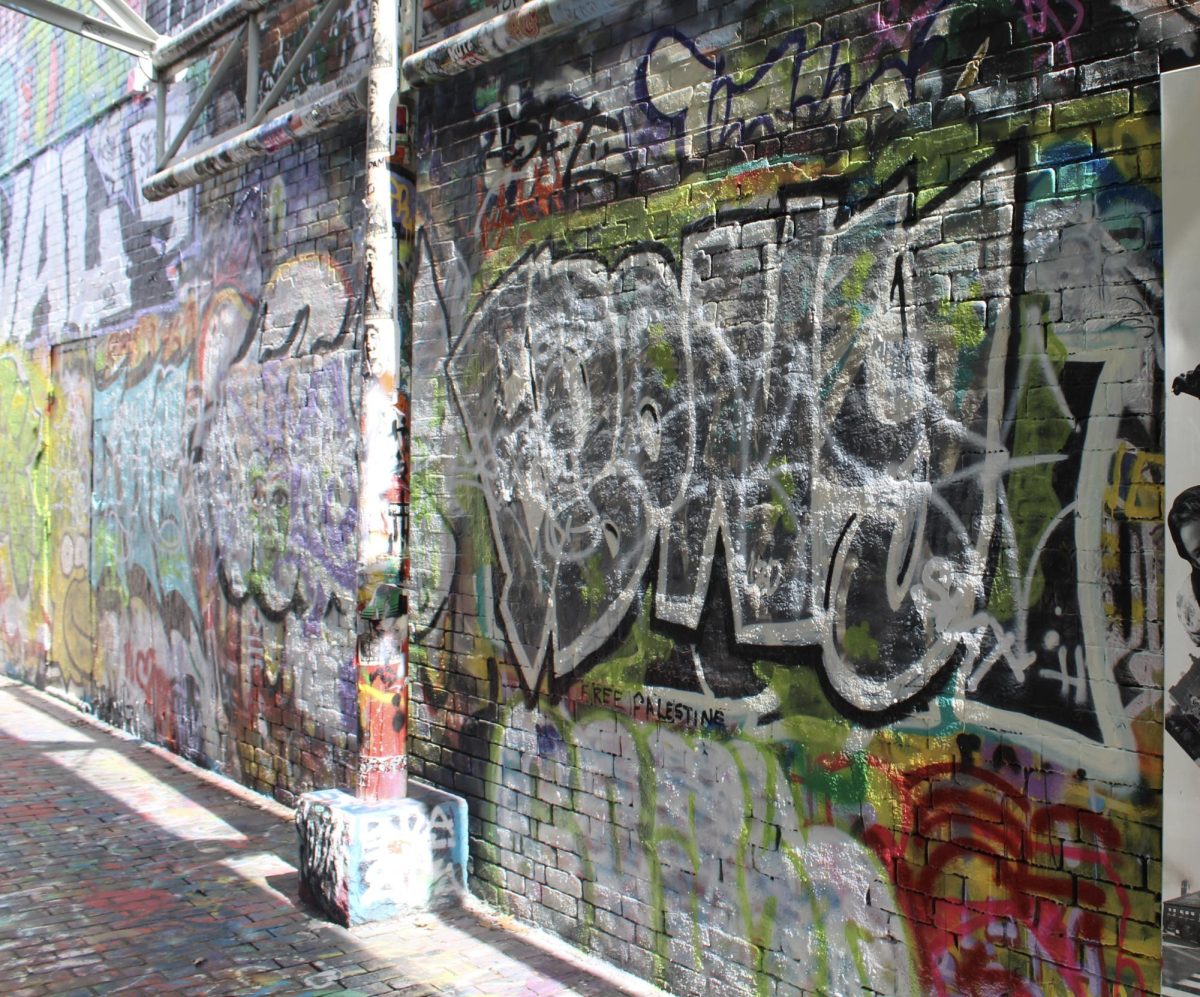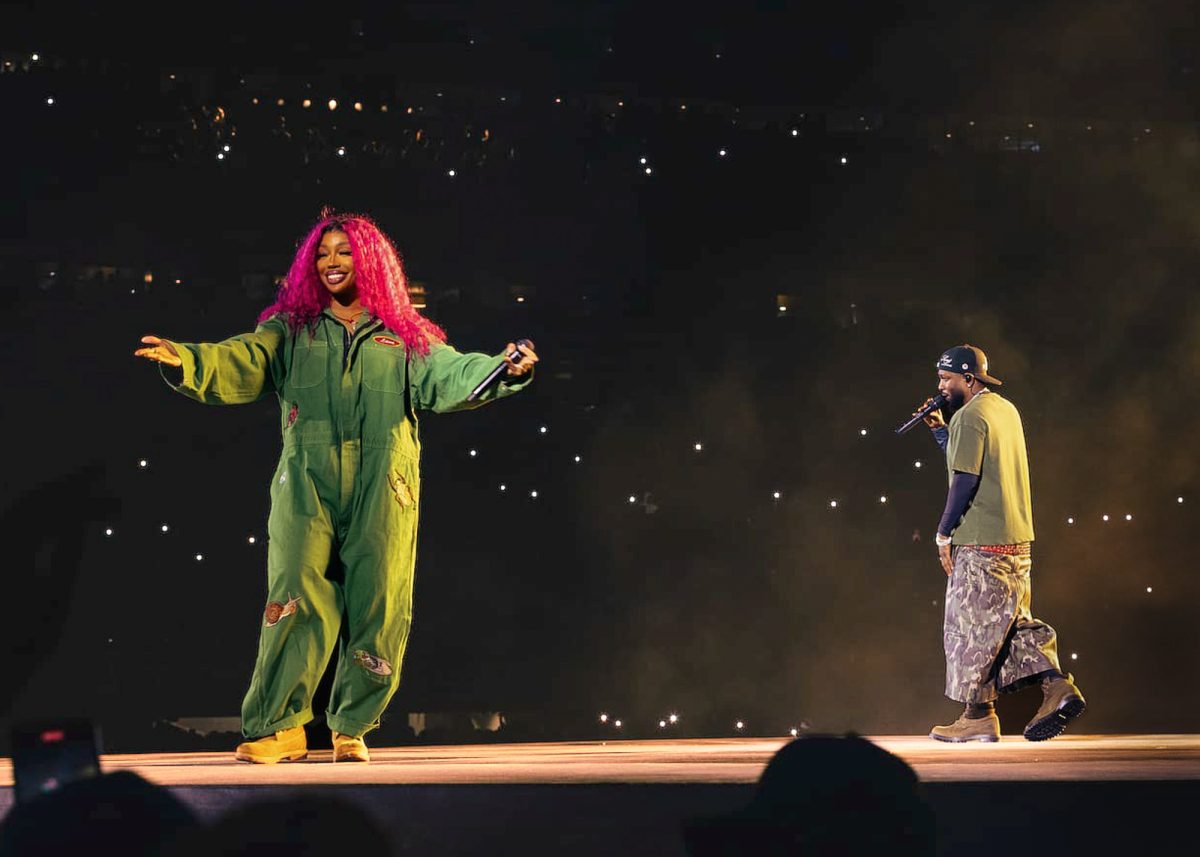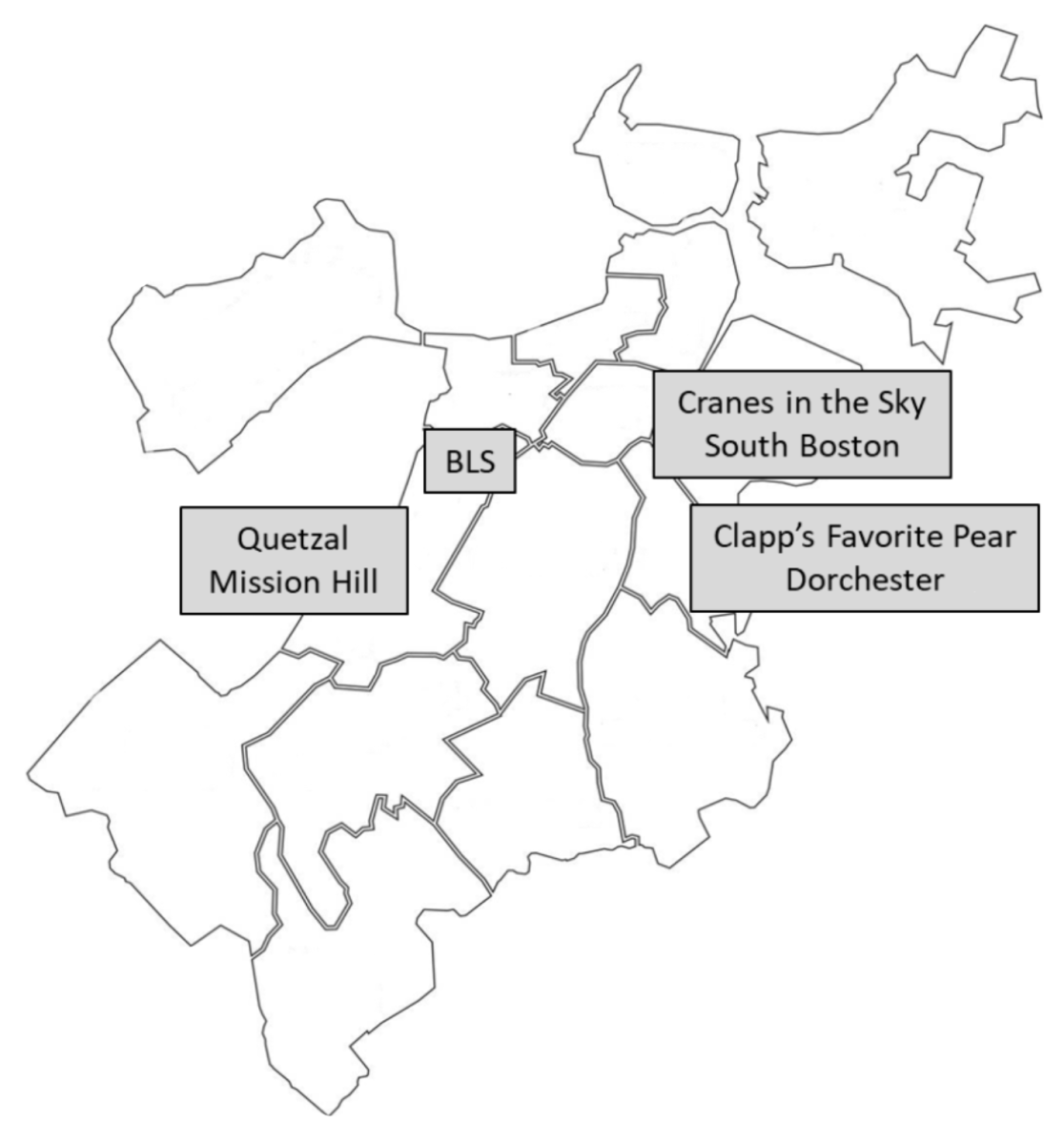You have undoubtedly seen graffiti while strolling around the city of Boston — the painted words with effortless precision that seem to stamp the city walls. Or, you’ve also thought of graffiti as vandalizing the city’s antique nature.
Graffiti emerged as underground inscriptions on primordial architecture and in the darkness of caves throughout the ancient civilizations of Rome, Greece and Egypt. The graffiti movement in the United States was set in motion in the late 1900s, most notably in the New York City subway. Although graffiti is viewed by some as a blight on urban landscapes, it can serve as a powerful tool of expression in typically impoverished and minority communities. While graffiti is often pushed into the shadows of the public arena, it is evident that it allows marginalized communities to expose their voices in public spaces where their names will be at least seen, if not heard.
The controversy regarding graffiti requires us to look towards its constitutionality. Many state legislations deem graffiti as vandalism, making it illegal to create. As demonstrated in the few cases that made it to the courtroom, however, graffiti has been protected and the artists’ rights were upheld on appeal stands.
There has also been growing advocacy for graffiti artists’ work to be protected under the 1990 Visual Artists Rights Act (VARA). Although VARA is too vague to withstand a strict scrutiny evaluation, this act at its face value protects visual artists rights’ by prohibiting the destruction of “visual art,” such as paintings, photographs and sculptures.
Also, some lawyers argue that rather than imposing blanket bans on graffiti, content-based restrictions could offer a middle ground that prohibits certain content, preventing the criminalizing of all conduct regarding the production of graffiti. This way, speech such as true threats and heinous language won’t plague the walls of our communities, but artists’ tags and constitutionally expressive speech can maintain their place.
On the contrary, some argue that if graffiti were to earn a legalized title, it would exploit the historical architecture and architectural beauty existent in cities such as Boston. Madelyn Buksbaum (III) provides her insight: “In some communities, graffiti is seen as an art form whose presence contributes to the cultural vibrance of a neighborhood. […] In other [neighborhoods], this abstract art form compromises the integrity of public and private properties.”
When examining where graffiti is predominantly found, there are distinct patterns that have emerged in different cities. For instance, Boston’s concentration of graffiti lies significantly in historically redlined and impoverished sanctions of neighborhoods such as Dorchester and Roxbury. These patterns underline a significant factor that plays into the creation of graffiti, and lends us to ask the question, why is graffiti made?
Contrary to widespread misconceptions about graffiti, it is distinguishable from street art. Street art and graffiti are both modes of public artistic expression; street art, however, is more audience-focused, while graffiti is aimed at putting the artist’s name out into the world. Graffiti is more letter-based, and most aerosol artists come up with a personal tag or even use their paint to display political messages, etc.
Sofia Hennessy (III) believes, “There should be places where graffiti is allowed because it’s a form of self-expression and if there are designated places those places can build a sense of community.” There are, in fact, establishments that provide spaces for graffiti artists to produce their work, such as ‘The Krog Street Tunnel’ in Atlanta, Georgia, a tunnel covered with vibrant design, and ‘The Arts District’ in Los Angeles, where building owners encourage graffiti artists to cover their exterior walls. This approach of embracing graffiti has been adopted internationally, as present in Mannheim, Germany, where the government leases a space for graffiti artists to freely create, re-painting the walls periodically.
Next time you see graffiti, ask yourself, are we witnessing vandalism or the vibrant efforts of a community to make a mark on the canvas of urban life?








